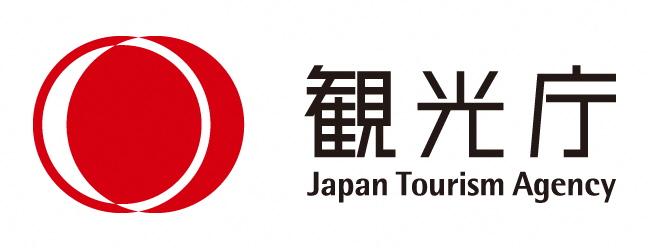NO 021
Itabi Stone Tablet
板石塔婆
(250 words, Web + Pamphlet)
Itabi stone tablets were common across Japan from the thirteenth to sixteenth century. They were usually carved with Buddhist imagery and prayers to remind believers to stay on the true path of Buddhism. Most itabi in the Kanto region, including the one near Menuma Shodenzan Temple, were made from green chlorite schist, which was mined nearby in Chichibu and Ogawamachi, Saitama Prefecture.
The stone tablet at Menuma Shodenzan Temple is carved with an image of Amida, the Buddha of Infinite Light, flanked by Kannon, the bodhisattva of compassion, and Seishi, the bodhisattva of wisdom. The image is a reproduction of the Amida Triad of Zenkoji Temple in Nagano Prefecture, which was brought from India in the sixth century, and is believed to be one of the earliest Buddhist images brought to Japan. The central figure is surrounded by a halo of seven representations of Buddha.
The back of the stone is inscribed with the Sanskrit names of Shakyamuni (the historical Buddha), and his two attendants, the bodhisattvas Monju and Fugen. The stone tablet was likely carved during the Kamakura period (1185–1333). The tablet is 178 centimeters tall and 59 centimeters wide. It is a Tangible Cultural Property of Saitama Prefecture.
Itabi Stone Tablet
板石塔婆
(250 words, Web + Pamphlet)
板碑(いたび)は、13世紀から16世紀にかけて日本で一般的に見られました。一般的に、供養の対象や内容が刻まれ、信仰者が仏教の道からそれないようにするためのものでした。妻沼聖天山歓喜院の近くにあるものを含め、関東地方の板碑は、埼玉県秩父市・小川町で採掘された緑色の緑泥石片岩でできています。
妻沼聖天山歓喜院の板石塔婆には、阿弥陀如来、脇侍に観音、勢至両菩薩が半浮き彫りにされています。この画は、6世紀にインドから持ち込まれた、善光寺(長野県)の一光三尊阿弥陀如来像を再現したもので、日本に持ち込まれた仏教画の中でももっとも古い部類に入るものと考えられています。一光三尊阿弥陀如来を囲んでいるのは、一つの光背です。
板碑の裏には釈迦牟尼(しゃかむに)と2人の従者(文殊菩薩と普賢菩薩)の名前がサンスクリット語で刻まれています。板碑の彫刻は、鎌倉時代(1185~1333)に施されたものと思われます。板石塔婆の大きさは、高さ178センチ、幅59センチです。埼玉県の有形文化財に指定されています。

- ※この英語解説文は観光庁の地域観光資源の多言語解説整備支援事業で作成しました。






